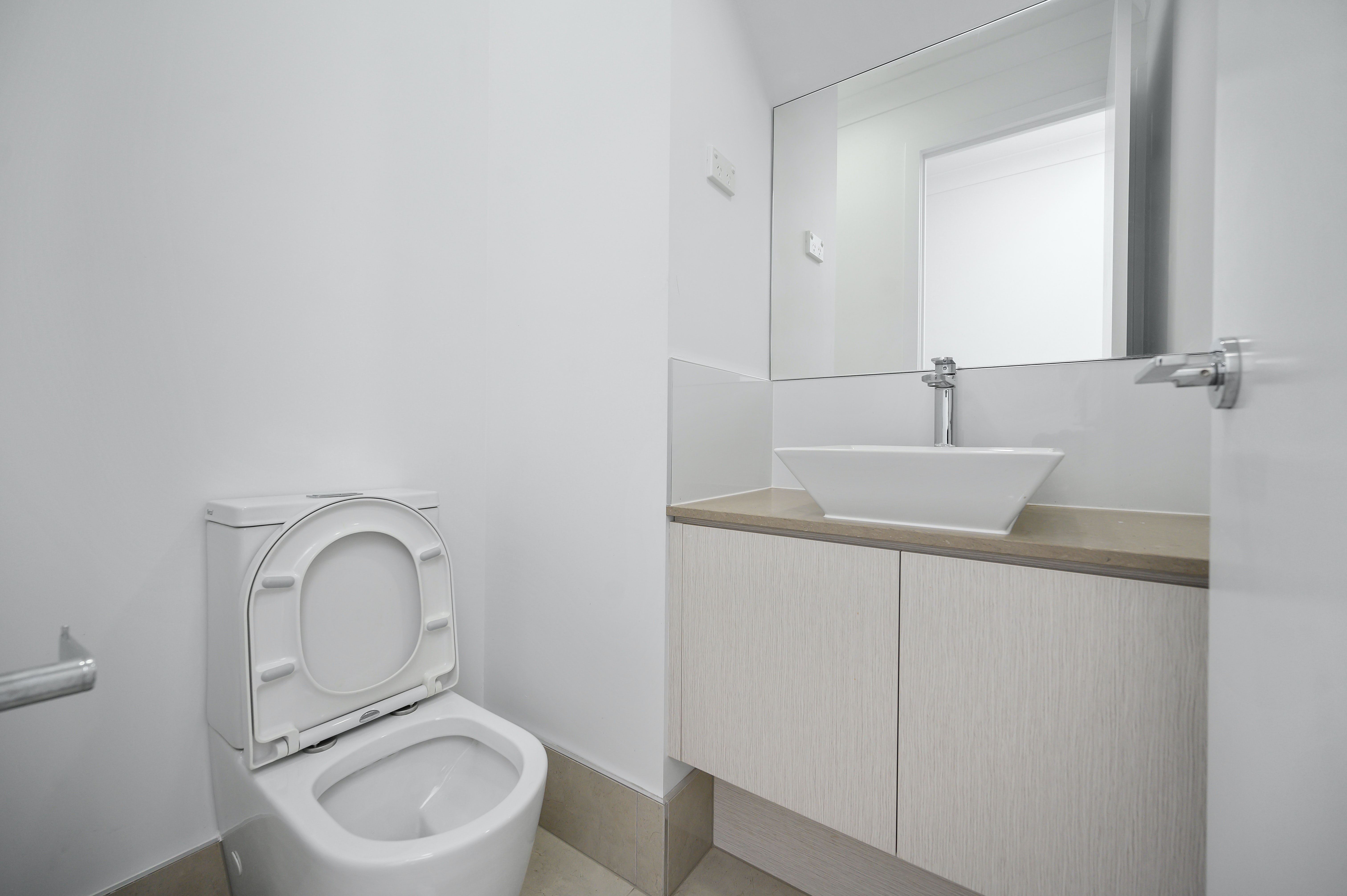(Nieuwe pagina aangemaakt met ' {{Project FACET Practice config}} {{Project |Name=Toilet with rain flushing water |Start date=8/11/2021 |Summary=A toilet that flushes with rainwater saves on the...') |
Geen bewerkingssamenvatting |
||
| Regel 1: | Regel 1: | ||
== Facts == | |||
* Country: Netherlands | |||
* Type of provider: Rijkswaterstaat, but concept applicable to any type of provider. | |||
* Focus: | |||
** Reduce | |||
** Recycle | |||
== Summary of the project == | |||
The average Dutch person uses almost 34 liters of water per day to flush the toilet. The toilet is therefore one of the largest consumers of water in our daily lives. By flushing with rainwater instead of drinking water, a lot of clean water and energy can be saved. Less energy is used to purify water and pump it to the toilet. It is also no longer necessary to return the waste water via a sewer to a water treatment plant. | |||
The Ministry of Infrastructure and Water Management contributes to making the Netherlands more sustainable by arranging public toilets in such a way that they can be flushed with waste water. They collect rainwater in an underground tank, which is then used to flush the toilet. After flushing, they purify the water with bacteria, just like in the water treatment plant of a water board. The bacteria are in a wastewater plant and they use the nutrients in the wastewater as food. Subsequently, the now clean water is discharged into the surface water. This same concept can also be applied within tourism companies. | |||
== More information == | |||
Do you want to know more about this best practice? Please visit: https://www.rijkswaterstaat.nl/zakelijk/duurzame-leefomgeving/circulaire-economie/biobased-innovaties/openbaar-toilet-met-regenspoelwater<nowiki/> | |||
{{Project FACET Practice config}} | {{Project FACET Practice config}} | ||
{{Project | {{Project | ||
Versie van 8 nov 2021 09:01
Facts
- Country: Netherlands
- Type of provider: Rijkswaterstaat, but concept applicable to any type of provider.
- Focus:
- Reduce
- Recycle
Summary of the project
The average Dutch person uses almost 34 liters of water per day to flush the toilet. The toilet is therefore one of the largest consumers of water in our daily lives. By flushing with rainwater instead of drinking water, a lot of clean water and energy can be saved. Less energy is used to purify water and pump it to the toilet. It is also no longer necessary to return the waste water via a sewer to a water treatment plant.
The Ministry of Infrastructure and Water Management contributes to making the Netherlands more sustainable by arranging public toilets in such a way that they can be flushed with waste water. They collect rainwater in an underground tank, which is then used to flush the toilet. After flushing, they purify the water with bacteria, just like in the water treatment plant of a water board. The bacteria are in a wastewater plant and they use the nutrients in the wastewater as food. Subsequently, the now clean water is discharged into the surface water. This same concept can also be applied within tourism companies.
More information
Do you want to know more about this best practice? Please visit: https://www.rijkswaterstaat.nl/zakelijk/duurzame-leefomgeving/circulaire-economie/biobased-innovaties/openbaar-toilet-met-regenspoelwater

